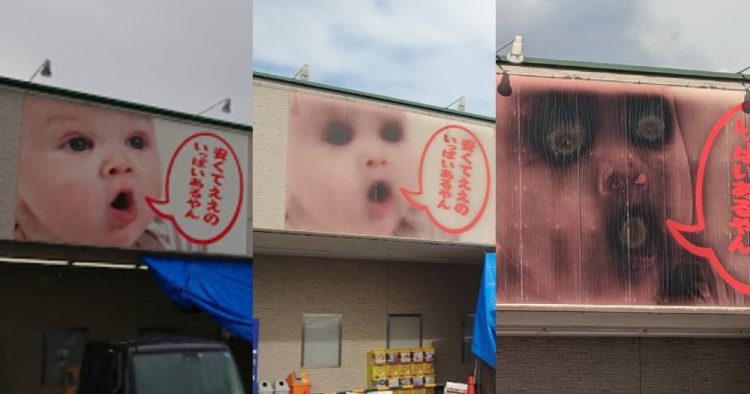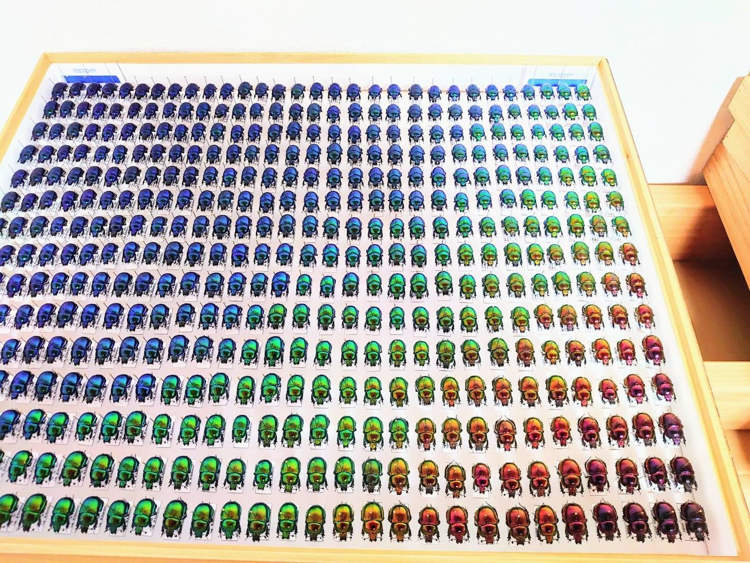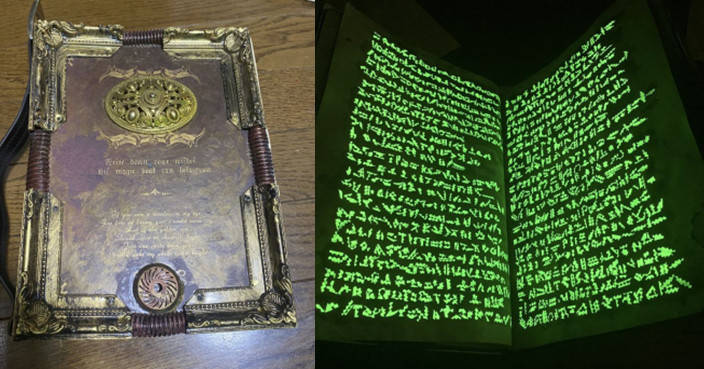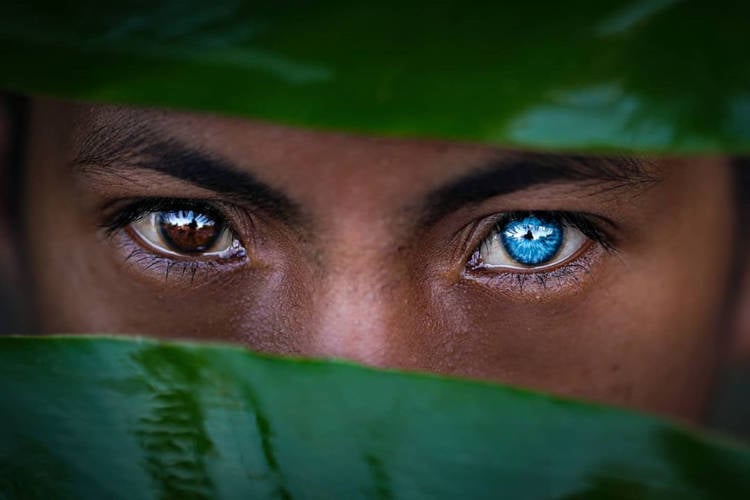Bian Lian, or Face Changing, as it’s known in the western world, in an old dramatic art associated with Chinese opera from the Sichuan Province. It is considered a part of China’s cultural heritage and is the only art form to be ranked as a level two national secret.
The skill and speed with which Chinese artists change their beautifully-painted masks has captured audiences’ imagination for centuries. Performers gracefully raise their hands, turn their heads and swing their arms, each time boasting a new mask. The secret of how they manage to change from three to twenty masks during a single performance without anyone realizing the trick has fascinated people since it started being practiced, during the Qing dynasty, around 300 years ago. It is said Bian Lian actually started out as a survival technique. People painted all kinds of designs on their faces to frighten wild animals, but as time went by it became a dramatic art performed on stage. Another legend tells of a people’s hero, a Chinese version of Robin Hood who stole from the rich and gave to the poor, who whenever cornered by guards would change his appearance to confuse them and escape.

During the early years of Bian Lian as an art form used in Sichuan opera performances, face changers were nowhere near as skilled as they are nowadays. They would go back stage and change their masks, but as time went by, people’s expectations grew, and they were forced to improve their technique. From the beginning, the art was surrounded by mystery, as no one would reveal their trade secrets. Bian Lian was only passed on from father to son or master to apprentice, and girls weren’t allowed to learn the art for fear they would marry into another family and give away the secret. The taboo of teaching girls Face Changing was broken in 1998, when a certain master Peng took in 8 girl students, but even nowadays most Bian Lain masters are men, and the only well-known woman performer is Candy Chong, who learned the art from her father.

There are two kinds of Bian Lian: the small change and the big change. The little change requires the artist to change just part of his appearance, like his eyes or beard, but it’s the big change that’s the most impressive. Here masters use three main methods of altering the way their face looks : plastering, powdering or pulling. Plastering requires spreading concealing paste or make-up on their face, and powdering involves blowing into a hidden box of colored powder to cover the face with a new color. The art of pulling is the most complicated, but also the most impressive because it allows Bian Lian masters to change a large number of masks during their act. Performers prepare a number of layered masks, each tied to the waist with a string of thread. The secret lies in changing the masks with lighting-fast movements that don’t reveal when a string is pulled.
By the 1920s, face Changing artists were using layers of oiled paper or dried pig bladder for their masks, which allowed them to change masks in less than a second. But today’s masters use silk as material for their props, which enables them to change a large number of colorful masks during a single performance. In 1994 artists changed up to four masks per show, by 1998 the number rose to eight, and today’s Bian Lian masters can change between 18 and 20 colored masks.
Although it is still regarded as a well-kept national secret, the technique of Bian Lian was leaked and is now performed in various Asian countries. People who sell their trade are regarded as traitors for revealing one of China’s most valuable cultural treasures. Wang Daozheng, also known as the “King of Bian Lian” said that in 1987 he was approached by a Japanese actor who offered him $50,000 in exchange for the secret of the art, but he refused. He was however saddened when he returned to Japan and saw many Japanese artists performing Bian Lian, because someone else had sold them the trick. Still, even with the ancient knowledge revealed, it takes a great deal of skill to perform the dramatic art flawlessly.













